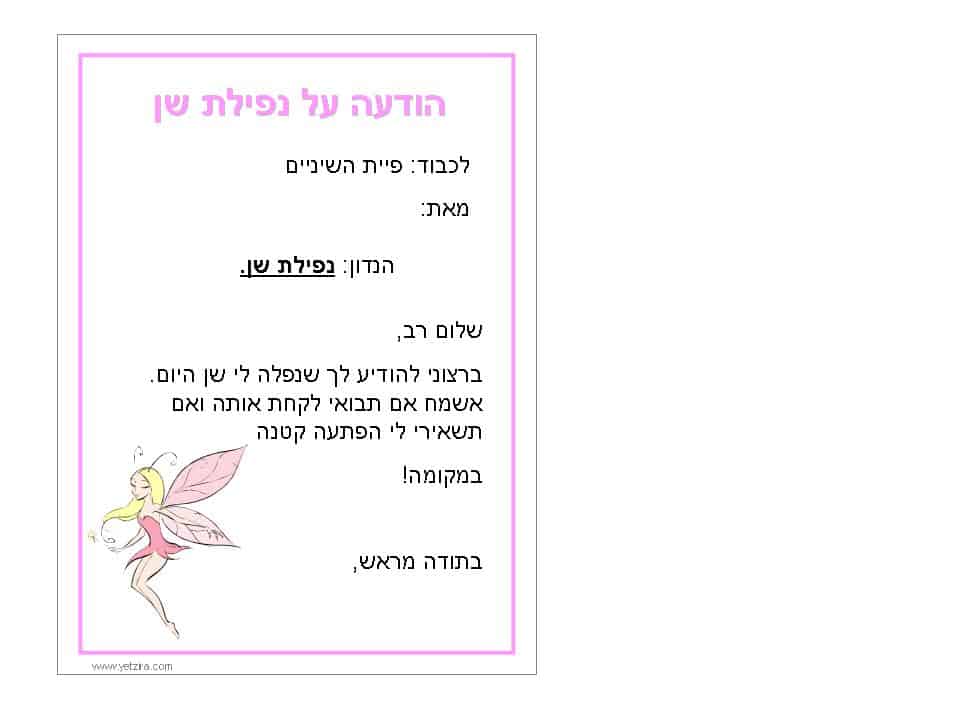
The tooth fairy is a dentist’s best friend… In all these traditions, children hope for material rewards such as money, candies, or toys, or wish that their new tooth will grow strong and healthy. Other cultures have other practices like throwing baby tooth into the fire, throwing it between the legs, swallowing it, or putting it in a slipper.

Some parents even sprinkle glitter by the children’s bed, depicting the pixie dust that fairies leave in their wake. In North America, the tooth fairy is most often believed to look like a pixie, much like Tinkerbell, as influenced by pop culture. Unlike Santa Claus or Father Christmas, which is a character popularized and more or less standardized by countless movies, stories, and advertisements over the years, the image of the tooth fairy varies from culture to culture. What does the tooth fairy really look like?

The mouse hid under the king’s pillow and knocked out all of his teeth, thus defeating him. In this bedtime story, a fairy transforms into a mouse to help defeat an evil king. The current image of the kind tooth fairy might have originated from a fairy tale in 18th-century France called La Bonne Petite Souris. Because of this, baby teeth were disposed of carefully, such as through swallowing, burying, or burning. In the Middle Ages, European believed that witches could place a curse on anyone as long as they had their teeth. While a fierce and scary Viking warrior is a far cry from the glittery, winged tooth fairy in pop culture today, it was the start of the folklore of the tooth fairy and has evolved through generations. This was why they would even pay a tand-fe, or tooth fee, to collect baby teeth from children. Scandinavian warriors in the olden times even hung necklaces made of teeth to boost their luck in battle. The oldest historical writing related to the tooth fairy might be the Eddas, an ancient collection of texts containing Northern European traditions.Īccording to the Norse culture, children’s belongings, especially their teeth, were believed to turn the tides of battle and bring good luck to those who possess them. Let’s unravel the history of the tooth fairy and make visiting the children’s dentist with your kids more fun and exciting! How did the tooth fairy come to be?

But even though children often lose their belief in the tooth fairy as they get older, the charm and mysticism revolving around this folklore continue to enthral even the older generation. It stirs up fond childhood memories equal to those of Santa Claus and the Easter Bunny. You probably went through that childhood phase of believing in the tooth fairy, too. It’s like an unwritten rite of passage for toddlers - braving the painful experience of losing their first baby tooth with the help of a tooth fairy and the reward that follows. When your child starts losing baby teeth, you know it’s time to introduce them to the tooth fairy and to your local children’s dentist to keep a check on their dental progress, that’s why we have specialist children’s dentists in Fulham at our warm and welcoming practice.


 0 kommentar(er)
0 kommentar(er)
